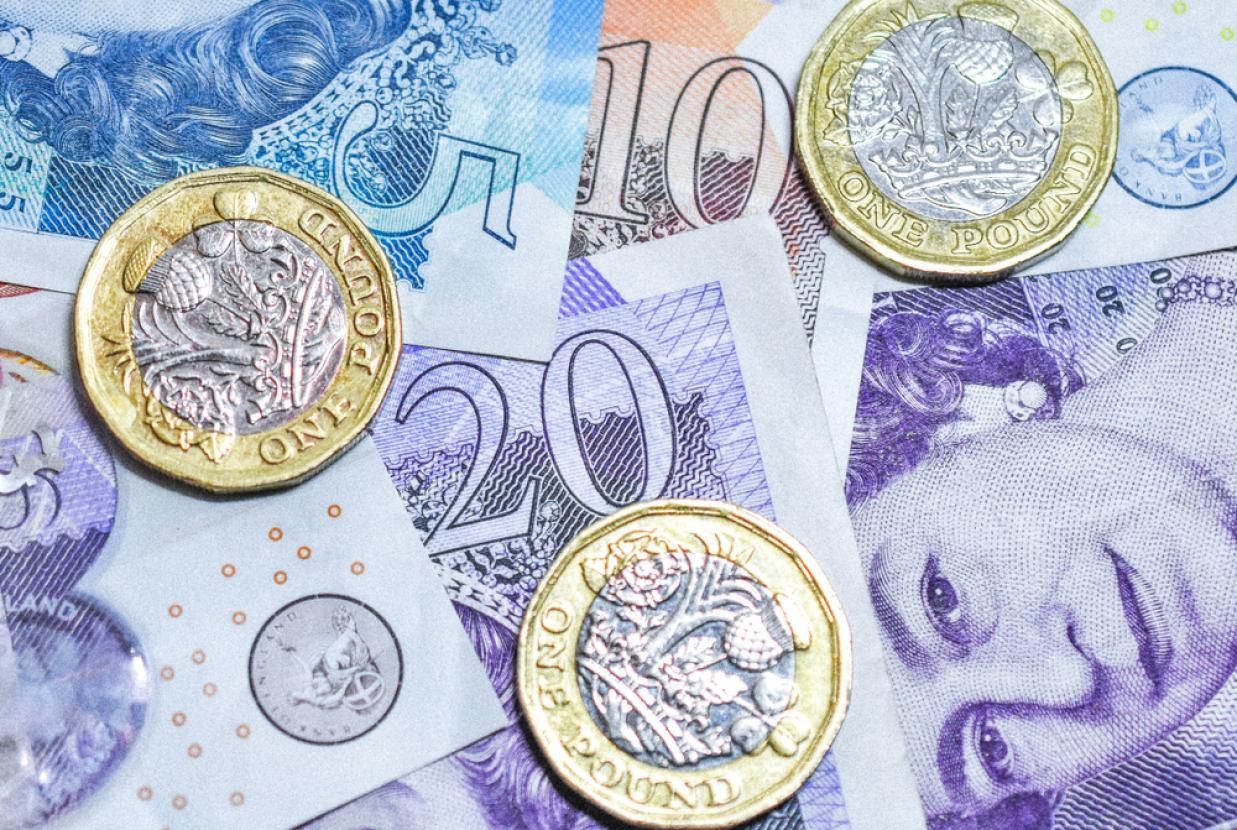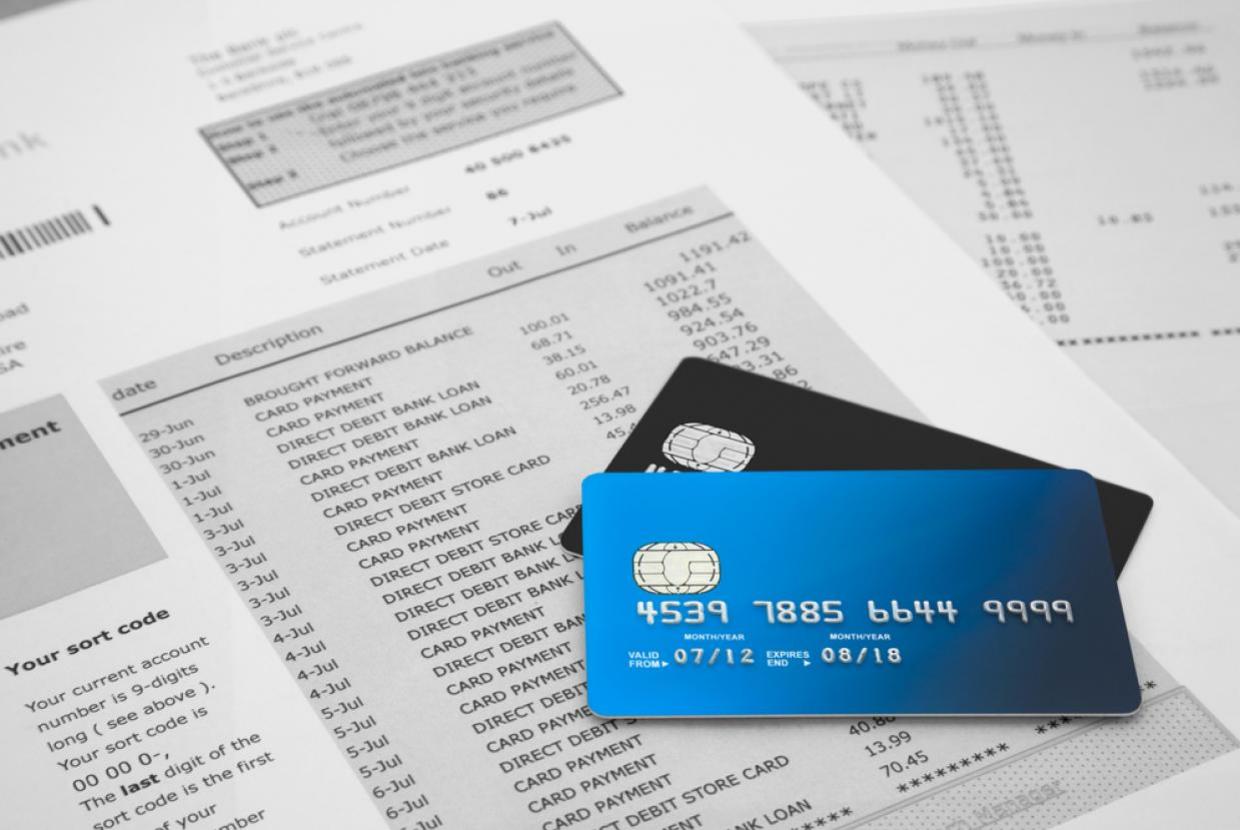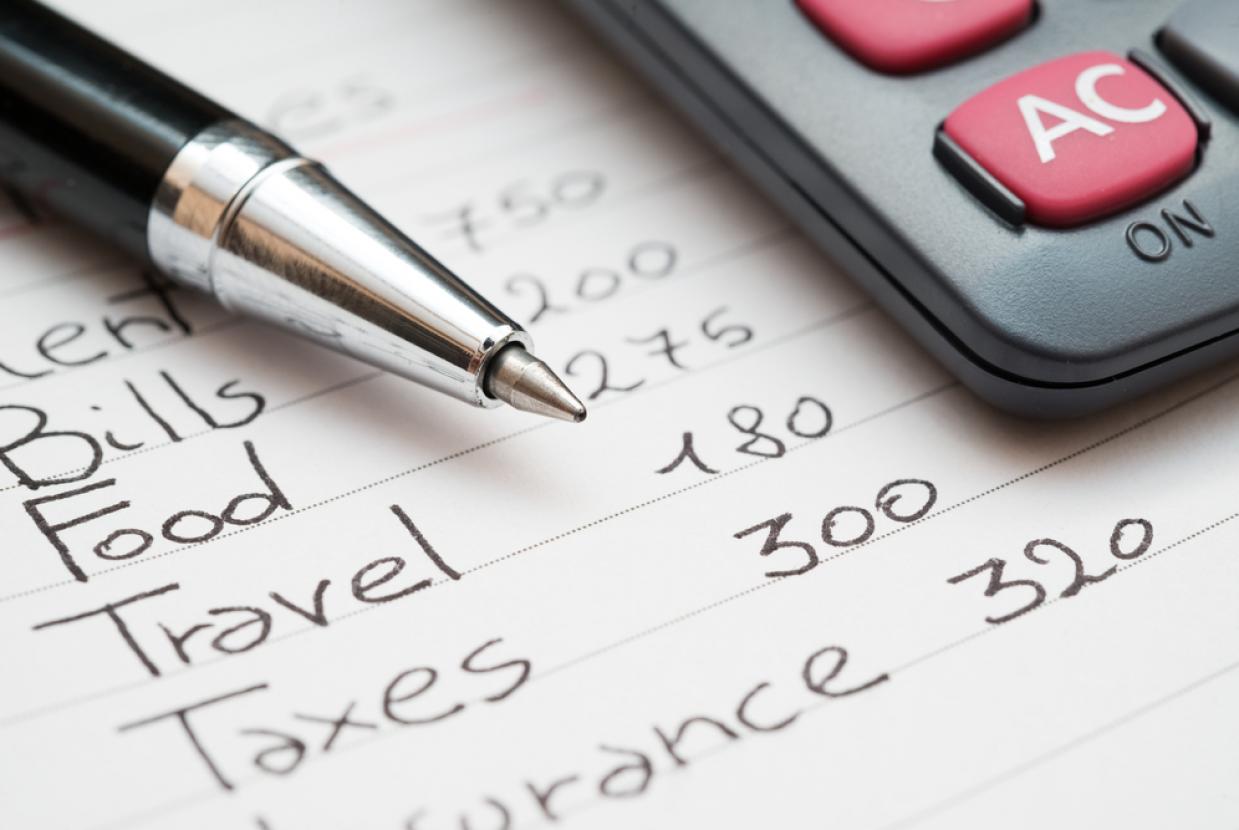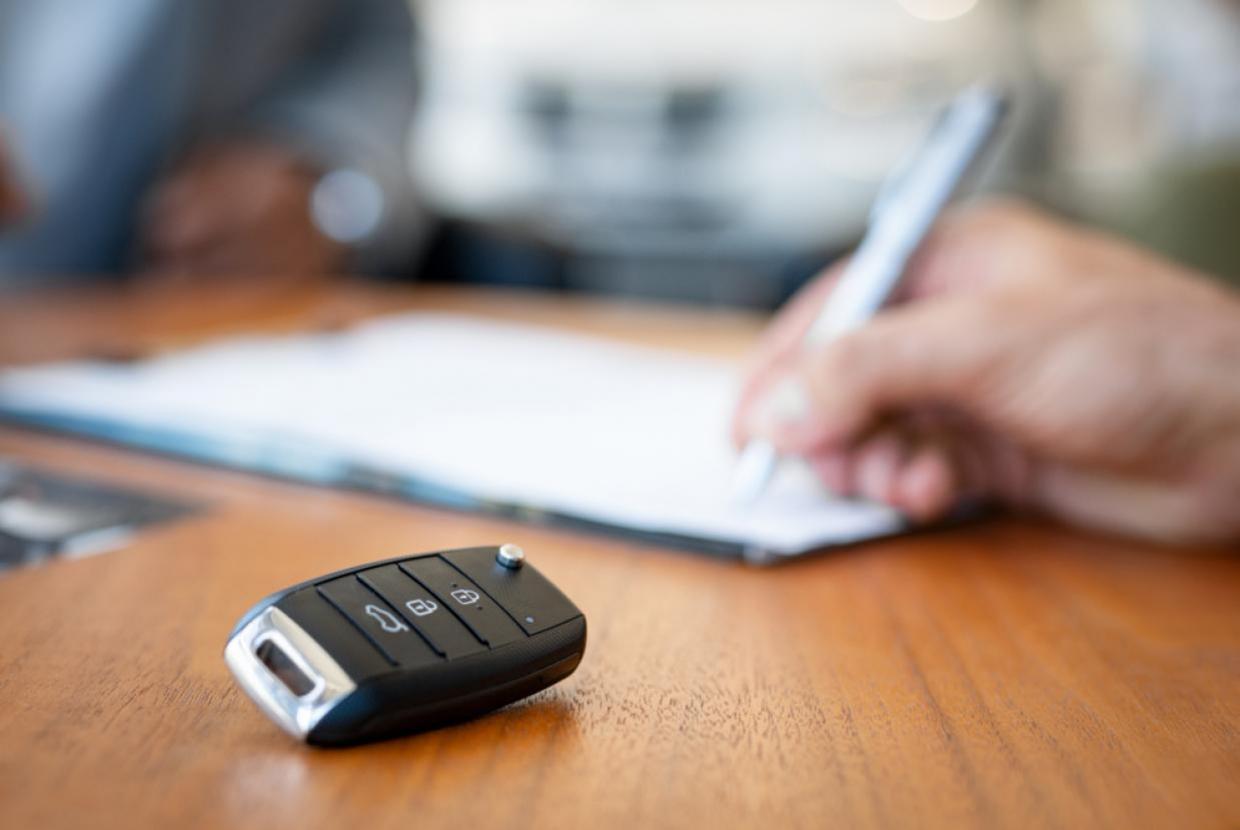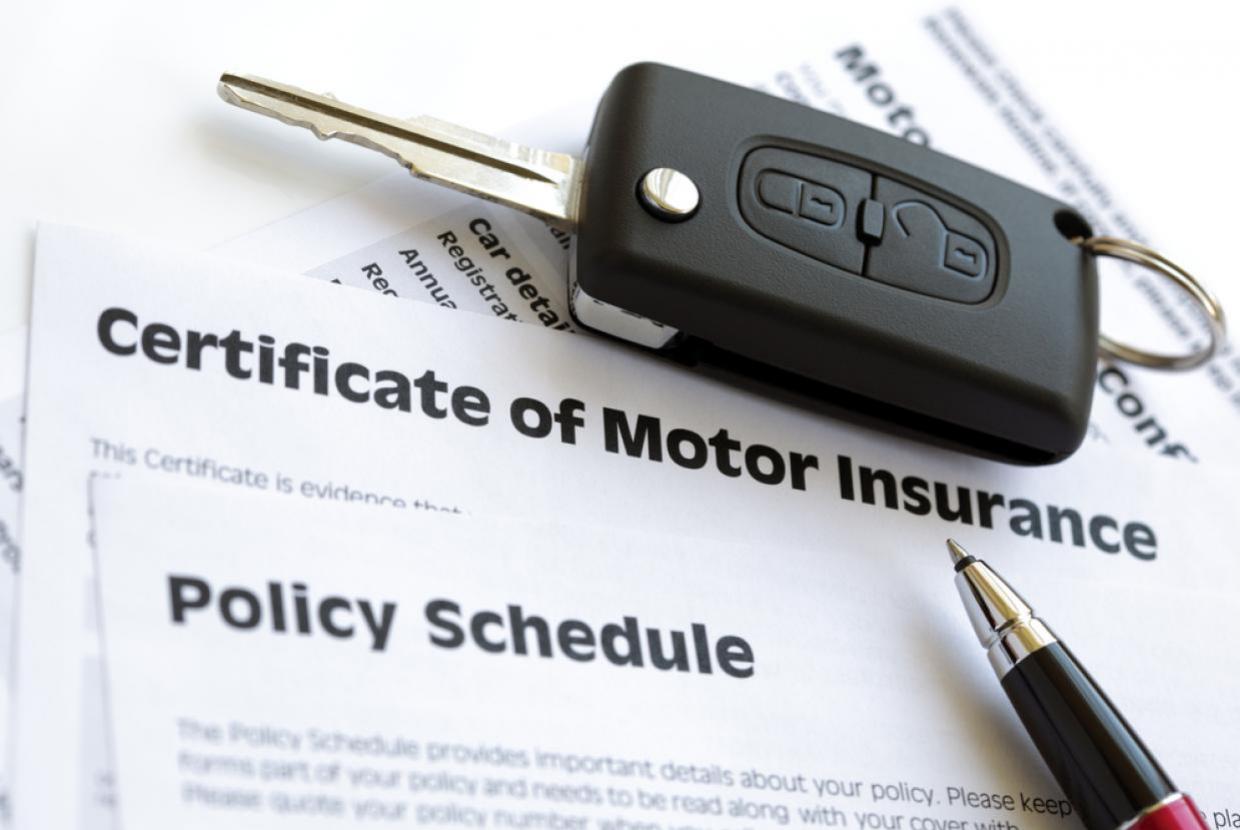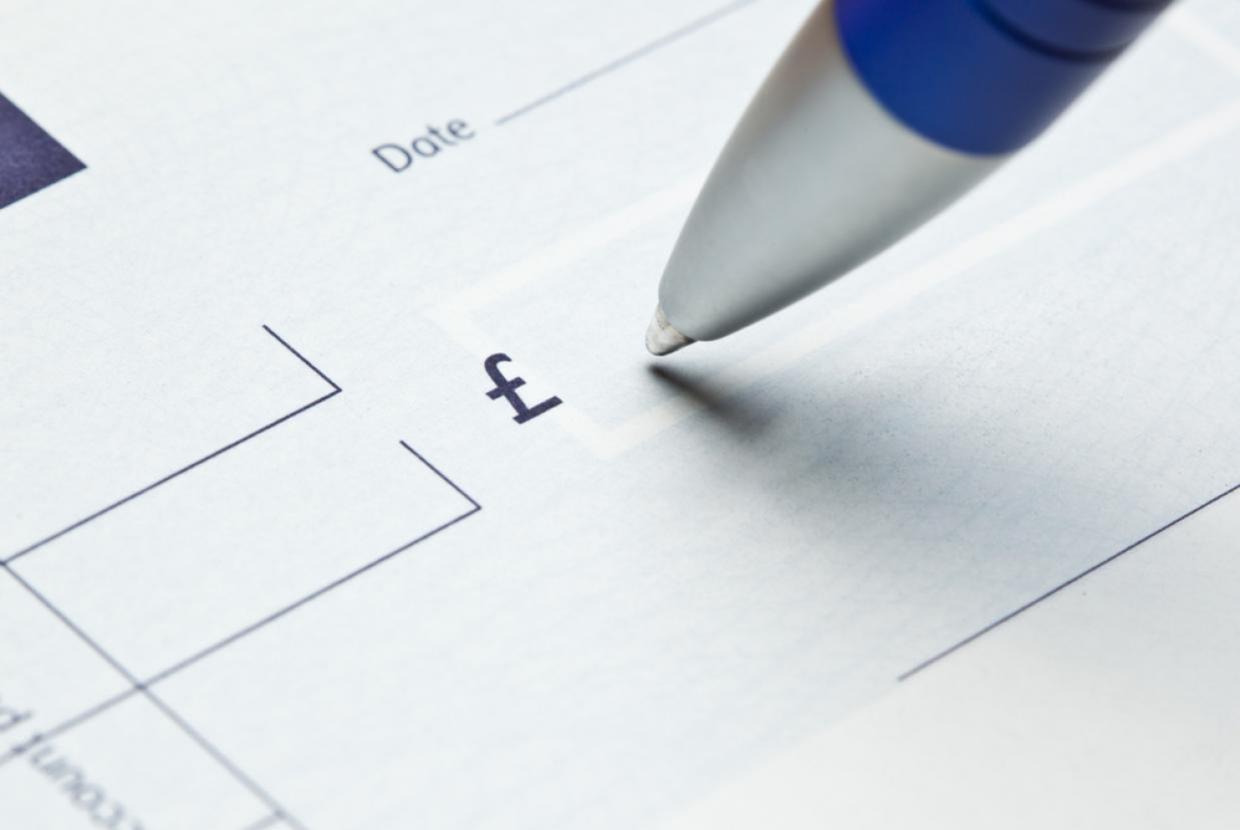Learning About Money By Age
Managing Your Money / Family HealthYou can start to teach children about money from an early age. Children as young as three-years-old are ready to learn the basics. Here is a guide to what children are likely to understand, based on their age.
Three to four-year-olds
At this age, children learn through play. Using coins and playing shop are great ways to teach them how to use money.
Playing shop
Set up a simple shop using toys or food you already have. You can help them to get the most out of the game by:
- Making it as real as possible by adding price tags to items in their shop, using real coins and notes, and maybe a toy till.
- Showing them the different coins and notes and counting out money to pay for what you’ve bought.
- Keeping money in a purse or wallet — this shows them that money is something to look after.
You can also show them the different ways money is a part of your life. You can do this by giving them some money to pay with at a till, explaining how yout keep money safe or showing them how a cash machine works.
For more games and resources you can use to teach your young children about money, see our page about talking to 3 and 4 year olds about money.
Five to six-year-olds
Keep building on all the things you were doing when your child was younger. By now, you can also explain how money works, the difference between wants and needs, and why we save and why we save.
It’s a good time to teach them:
- How to save up for something they want - try our saving with children activity.
- How to get the best value for money - try our activities for teaching your children about money at the shops.
- That paying for things online also costs money - try our tips for managing in-app purchases.
You could also think about giving small amounts of pocket money or paying your child for doing small jobs around the house. Read our advice about how to use pocket money to help your children understand that when money is gone it’s gone. You can find more learning exercises, tips and ideas on our page about talking to 5 and 6 year olds about money.
Seven to eight-year-olds
Children at this age are becoming more independent. They can save for things and make choices about how they spend their money.
You can explain:
- The different ways to keep money safe. You can talk about whether they keep their money in a jar or in a bank account.
- How to set savings goals. Let them decide what they want to save for and then help them work out how long it will take.
- That they can earn interest by using a savings account. If your child keeps their money in a bank, show them how they’ll earn money for keeping it there.
You can find more games and activities to teach your children about budgeting, saving up and peer pressure on our page talking to 7 and 8 year olds about money.
Nine to eleven-year-olds
Your child will soon be going to secondary school and might be making more money choices on their own. By this age, children can take more responsibility for managing their money.
You can start to teach them about paying bills, budgeting and how credit works.
You can show them how to:
- Pay a bill, explaining the different ways to pay – such as Direct Debit, paying monthly and topping up.
- Check basic financial information such as receipts, bills and bank statements.
- Pay for things at secondary school. Many schools use cards or fingerprints to pay, explain how this works.
Budgeting and mobile phones
Around this age, children are often given more responsibility to manage money by themselves. This could be keeping track of mobile credit, making sure they don’t go over their limit on a phone contract, or budgeting their pocket money or money and gift cards they get as a present.
Our page talking about money with children aged 9-12 has some talking points and activities to help your child understand more about how money works, peer pressure and borrowing money.
Gaming and spending money online
Many of the things children ask for at this age are only available online. If your child is given a gift card to spend on games and downloadable content, this can be a way for you to open a conversation about how to get value for your money.
Gift cards can be quickly spent and forgotten about on outfits or items within a game, or they could be saved up for when they want to buy a new game they’ll play with for hours. It’s important your child understands that you can’t usually get a refund for virtual items you buy in a game, even if they don’t play it any more.
Some games sell loot crates, which are mystery boxes you buy without knowing what’s inside. These are a bit like gambling, but they aren’t regulated by the Gambling Commission yet, so children under 18 can buy them. They could be something to look out for and warn your child about if they play online games.












